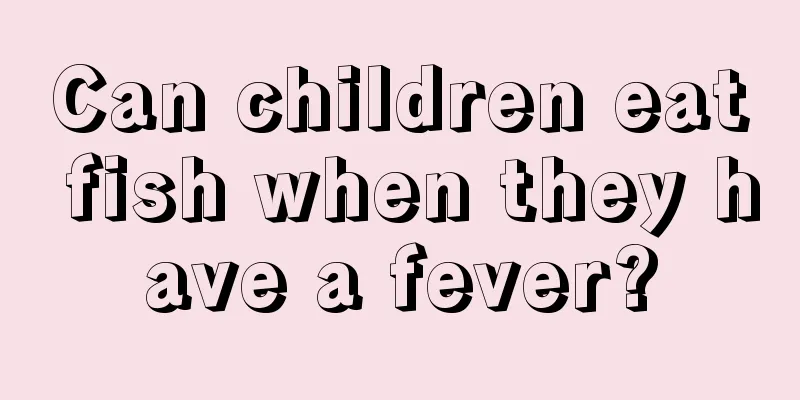What causes knee pain in a 4-year-old child?

|
My son has been complaining of knee pain recently. What's going on with knee pain in a 4-year-old child? He never had this before. This pain has lasted for more than half a month, sometimes in the afternoon or evening. The pain is not severe, but it will go away after a while. When it doesn't hurt, he is fine and can run and jump as usual. I can't see any pain in his knee. I was afraid that there was something wrong with my child's knee, so I consulted a doctor. Now I will tell parents with such children what the doctor told me. Children are in a period of rapid growth, which is generally normal. It may be growing pains, but other possibilities cannot be ruled out: calcium deficiency, cold, etc. Some children may also experience leg pain when suffering from upper respiratory tract infection. This is because upper respiratory tract infection can easily cause knee periostitis. Once the upper respiratory tract infection improves, the leg pain will disappear. Children with this disease should pay attention to calcium supplementation. They can consume 250 to 350 ml of milk and 40 to 50 grams of soybeans or soy products every day. In addition, take cod liver oil and vitamin supplements every day. Children do not need to take medication to treat growing pains, but they should get more sun, exercise appropriately, get enough rest, and eat more foods rich in calcium and phosphorus, such as small fish, shrimp skin, bones, etc. Giving children some vitamin B1 and vitamin B6 can nourish the nerves and relieve nerve traction pain. In addition, the pain can be relieved through rest, massage, and hot compress. When the pain is not severe, it is recommended to take a walk or run. During the growth and development of children, especially in the period of 3-6 years old, about 4-15% of children often experience irregular short-term pain after excessive activity, but without redness, swelling or heat. This pain will disappear quickly after rest, and the pain will gradually decrease with age and eventually disappear completely. It should be noted that although some children will experience such growing pains that do not require treatment, many diseases such as rheumatoid arthritis and allergic arthritis also have such symptoms. Therefore, once a child has lower limb pain, parents should take the child to the hospital as soon as possible in addition to carefully observing whether the child has fever, skin bleeding spots and other symptoms. The above are what I learned from the doctor about knee pain in 4-year-old children. Many children have had such symptoms when they were young, but I don’t remember it at all. The child usually doesn’t like to eat, so I use the knee pain as an excuse to persuade the child to eat more. The child is really obedient and eats very well. With adequate nutrition, the knee pain will gradually go away. |
<<: What should children eat if they have diarrhea in autumn?
>>: Which department should children go to for knee pain?
Recommend
What is the cause of the white spot on the baby's face?
We all know that the baby's skin is particula...
The reason why the baby's nose is exposed
In today's life, the birth of a baby is a gre...
How can we quickly reduce fever in children?
Nowadays, many people often suffer from headaches...
Can a child take a bath when he has a fever?
Children are weak, and they need to take preventi...
What is the best thing for a child to eat after vomiting?
The physical health of children is one of the thi...
How to treat children who are thin
As parents, we all hope that our babies can grow ...
Baby's lips turn purple when crying
If a child's lips turn purple when crying, pa...
What should I do if my son has poor digestion?
Since children usually eat a variety of foods, th...
How to raise children in poverty, raise boys' ambitions and girls' temperament
We must cultivate children's correct mindset ...
The difference between a child's fever and headache and encephalitis
Many parents know the consequences of encephaliti...
Newborn baby crying for no reason
Newborns cannot express their thoughts or physica...
Can children use air conditioning?
The hot season has many impacts on our bodies. Fo...
How to make baby tofu porridge
Baby tofu porridge is a very common baby food. Th...
How to treat acute bronchitis in children
Colds and fevers in children are a common problem...
What to do if your child has overbite teeth
Children's teeth need to be well protected. C...









